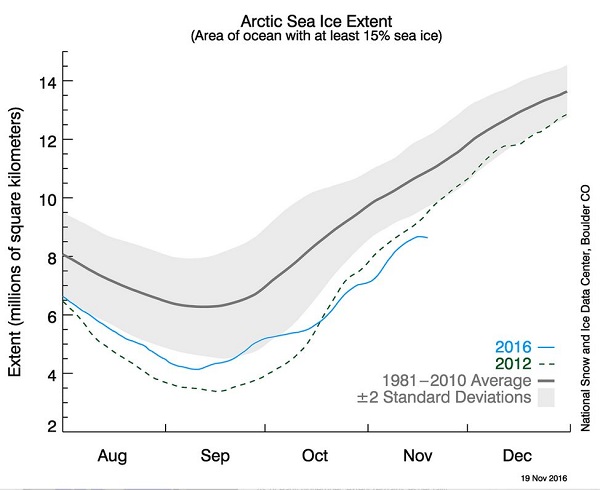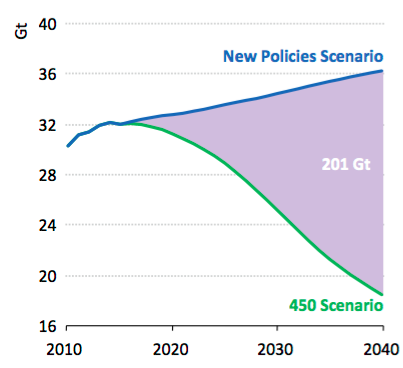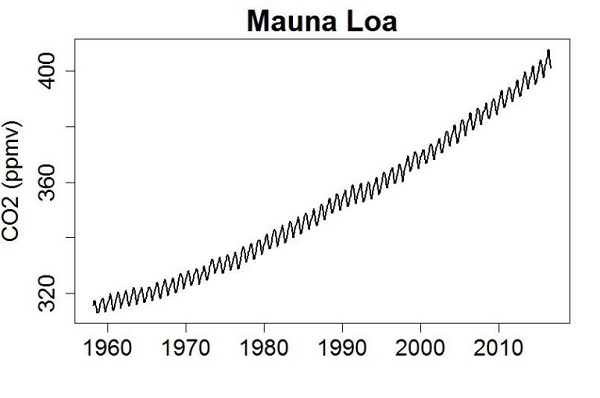1. Tesla solar roof cheaper than regular roof, with electricity “a bonus”
- Tesla founder and CEO Elon Musk has again set tongues wagging, this time with his declaration last week that his newly launched integrated solar roof tiles could actually cost less to install than a regular roof – making the renewable electricity they produce “just a bonus”.
The claims, which are already being carefully dissected by various media pundits, were made by Musk last Thursday, after Tesla and SolarCity shareholders voted in favour of a $2 billion deal to merge the two companies into a solar, battery storage and EV powerhouse.
“It’s looking quite promising that a solar roof will actually cost less than a normal roof before you even take the value of electricity into account,” Musk said.
“So the basic proposition would be, ‘Would you like a roof that looks better than a normal roof, last twice as long, cost less and by the way generates electricity?’ Why would you get anything else?”
Here are some samples of the stylish tiles:

2. Arctic sea ice behaving strangely
Something unusual seems to be afoot with the Arctic sea ice extent.
- On October 20, 2016, Arctic sea ice extent began to set new daily record lows for this time of year. After mid-October, ice growth returned to near-average rates, but extent remained at record low levels through late October.
Water and air temperatures are unusually high. In the last few days, going into winter, the ice extent has actually been shrinking:

3. Adani’s contested Carmichael coal mine
The Queensland government has declared the Carmichael mine “critical infrastructure” thus granting the Queensland Coordinator General extraordinary powers to progress the development.
But the Wangan and Jagalingou Traditional Owners council are mounting several legal cases which sit outside the current powers of the Coordinator General and are at the intersection of Australia’s native title system and the rights of Indigenous peoples under international law and conventions.
- Wangan and Jagalingou council say the mine will “tear the heart out” of their ancestral lands, which is why they remain resolute in saying no to a land deal with Adani and the state.
It’s a monster mine – 447 square kilometres and about 50 kilometres long.
- Adani said it expects the mine to produce 2.3 billion tonnes of coal over 60 years… This would be enough coal to make a road of coal 10 metres wide, one metre deep and 200,000 kilometres long. Such a road could stretch around the world five times.
The IEA says that if we are going to stay under 2°C then India can’t burn the coal Adani will produce. Here’s a chart which shows in effect the difference between where the Abbott/Turnbull government is heading with emissions and where we need to go if we are to have a chance of saving the planet:

3. Adani’s ambitious solar plans
Adani itself is dramatically moving into renewable energy:
- Indian energy giant Adani Group – the company behind controversial plans to develop Australia’s largest coal mine in Queensland’s Galilee Basin – has firmed up its solar plans for the Sunshine State, with the announcement it is going ahead with a 100-200MW solar plant south-west of Moranbah in the Bowen Basin.
Adani’s interest in large-scale solar in Australia was first revealed by RenewEconomy last year, and the company officially flagged its plans to build up to 250MW of solar capacity in Queensland in May, as part of its emerging Australian renewables portfolio that would also include two solar farms in South Australia totaling 400MW.
It now seems that Adani is interested in building 1500MW of renewable energy projects in Australia, as part of a plan to become the biggest provider of renewable power in the country, a title it is also pursuing in India. (Emphasis added)
4. Petrol cars may be banned
- lots of European countries, including Germany, Norway and the Netherlands, are talking about ending sales of petrol driven vehicles in the near future (2025 or 2030), with diesel possibly being banned even earlier.
Quiggin has worked out that you could already drive the latest Tesla models from Sydney to Brisbane (950km) in a single day, with appropriate rest stops to recharge.
5. CO2 emissions flatten
We are told that carbon emissions have flattened in the past three years (more here) thanks mainly to China using less coal. That’s good as far as it goes, but they say it’s too early to know if we’ve reached the peak. Much depends on India and other developing countries.
I’m a bit sceptical about carbon accounting methodology. The graph I’ll be watching is the one at Mauna Loa:



At the risk of trolling, on the Adani Solar Plant, a Lady I know is HR locally said it’s well under way. She has never been so busy and interest is extremely high.
A few local businesses are in the mid stages of occupying the vacant shopping tenancies with views to hire staff.
Coal busting through $300/tonne.
( sorry, no links to unrecorded personal conversations )
I usually listen to Late Night Live when it is repeated the next afternoon. Last night Phillip Adams interviewed Tim Buckley, Director of Energy Finance Studies, Australasia, Institute for Energy Economics and Financial Analysis, about what India is doing in developing energy.
He reckons they are going gangbusters on renewable energy like you wouldn’t believe.
He says the current coal price spike, looking at the futures markets, is probably a dead cat bounce.